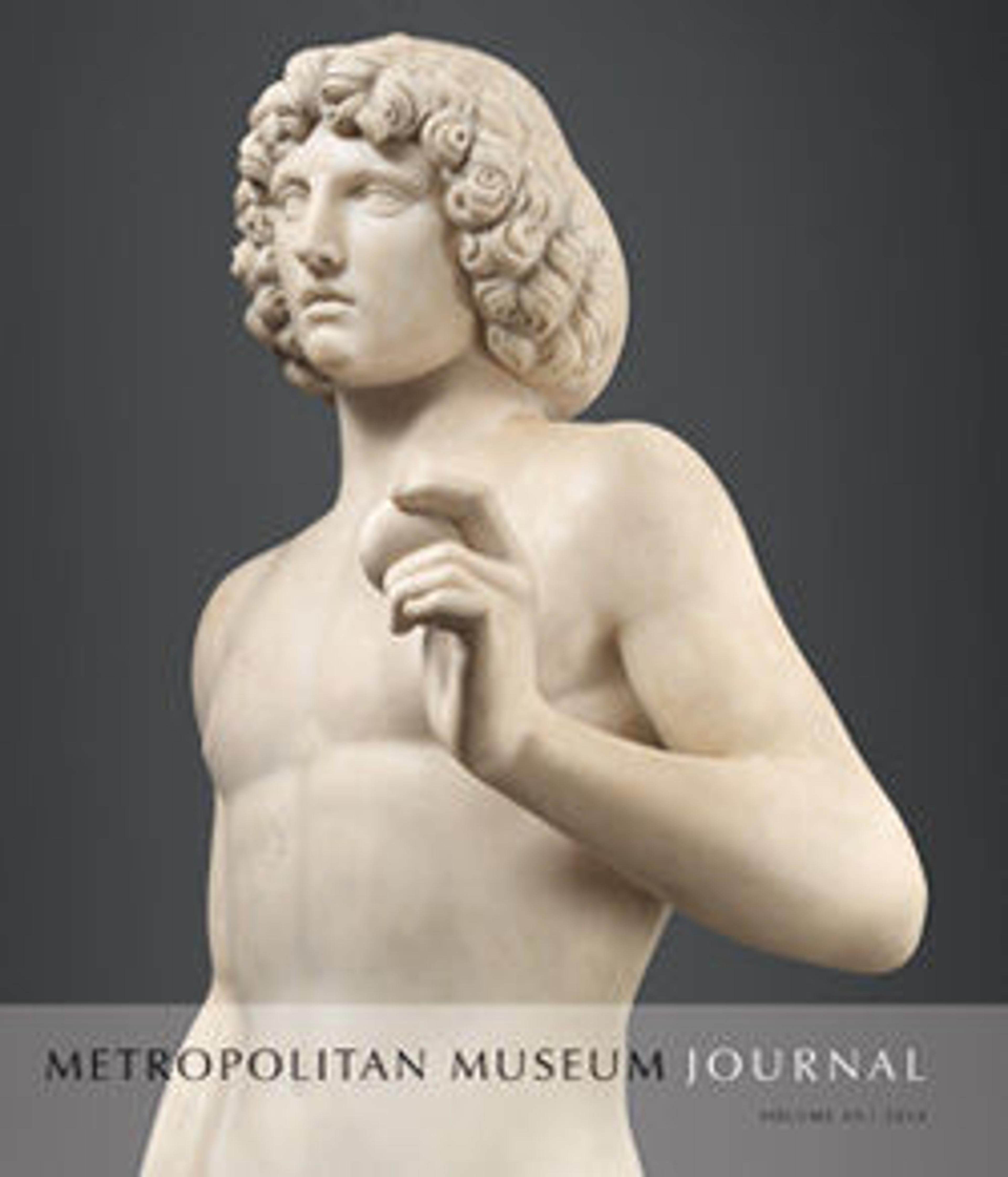Arcadian Landscape with Three Figures at a Lake
Reinhart made this imposing drawing in Rome in 1792, when he and another leading German artist from the period, Joseph Anton Koch, started making "heroic" or "poetic" landscapes inspired as much by the Roman campagna as by the work of their seventeenth-century predecessors Claude Lorrain, Nicolas Poussin, and Gaspard Dughet. Although the figures are dressed in a style that hints at a specific mythological or historical subject, they were probably used merely to indicate the antique setting of the landscape, as were the villa in the left background and the funerary monuments at center and in the right background. The dense composition and regular hatching are typical of Reinhart's manner throughout his career. The drawing is related to a painting he made in 1796 (Museum Georg Schäfer, Schweinfurt), but it cannot be called preparatory, for it differs from the painting in many ways. Fully signed and dated, and preserved in what is likely to be its original frame, the drawing was made as an independent work of art.
Artwork Details
- Title:Arcadian Landscape with Three Figures at a Lake
- Artist:Johann Christian Reinhart (German, Hof 1761–1847 Rome)
- Date:1792
- Medium:Black chalk and white gouache on brown paper
- Dimensions:sheet: 23 x 33 7/8 in. (58.4 x 86 cm)
- Classification:Drawings
- Credit Line:Rogers Fund, 2007
- Object Number:2007.264
- Curatorial Department: Drawings and Prints
More Artwork
Research Resources
The Met provides unparalleled resources for research and welcomes an international community of students and scholars. The Met's Open Access API is where creators and researchers can connect to the The Met collection. Open Access data and public domain images are available for unrestricted commercial and noncommercial use without permission or fee.
To request images under copyright and other restrictions, please use this Image Request form.
Feedback
We continue to research and examine historical and cultural context for objects in The Met collection. If you have comments or questions about this object record, please contact us using the form below. The Museum looks forward to receiving your comments.
